Solids, Liquids and Gases - 2 Class 5 Worksheet Science
Q1: Fill in the Blanks.
(i) Matter is made up of molecules that are very_____(large/small).
Ans: small
(ii) In the case of solids, there is _____(no/some) space between molecules.
Ans: no
(iii) Copper sulphate crystals are _____ (solids/liquids).
Ans: solids 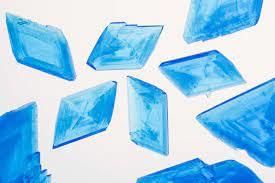
(iv) Solids and _____ (gases/liquids) have fixed volume.
Ans: liquids
(v) Solute and _____ (gas/solvent) makes a solution.
Ans: solvent
Q2: Match the following.
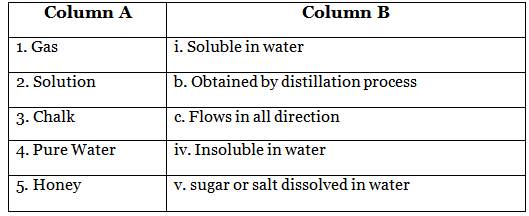 Ans:
Ans:
1 - (iii)
2 - (v)
3 - (iv)
4 - (ii)
5 - (i)
Q3: True or False.
(i) Air is a mixture of several gases such as nitrogen, oxygen, carbon dioxide, etc
Ans: True
(ii) Air contains dust particles and smoke.
Ans: True
(iii) Oxygen is taken in by green plants to prepare food.
Ans: True
(iv) Nitrogen in air controls the process of burning.
Ans: False 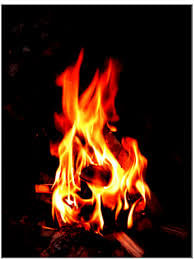
(v) Air has no weight.
Ans: False
(vi) A gentle wind is called gale.
Ans: False
(vii) The land breeze takes place during daytime.
Ans: False
(viii) Summer monsoon wind brings rain in India.
Ans: True
Q4: Short Answers Questions.
(i) Is the arrangement of all molecules in all states of matter the same?
Ans: No, the arrangement of all molecules in all states of matter is not the same. In solids the molecules are very tightly packed, in liquids the molecules are less closely packed. However, in gases the molecules are at large distances from each other and can move freely.
(ii) Name the state of matter in which molecules are very loosely packed.
Ans: In gases molecules are very loosely packed.
(iii) What is a solution? Give two examples.
Ans: A solution is a mixture in which two or more substances are combined in such a way that they evenly spread and mix with each other.
Example: sugar mixed with water, alcohol with water .
(iv) What are soluble and insoluble substances in a liquid?
Ans: Substances that dissolve completely in water to form solutions are termed as soluble substances. For example: Salt, ethanol and sugar are soluble in water.
Substances that do not dissolve in a liquid to form solutions are called insoluble substances. For example: oil, sand, chalk are insoluble in water.
(v) Why is distilled water not suitable for drinking?
Ans: Distilled water is not suitable for drinking because it does not contain minerals that are present in drinking water.
(vi) Define filtration with the help of an example.
Ans: The process of separating insoluble substances by passing the solution through filter paper is called filtration. Example: we can remove insoluble substances from solution(like impure water) by pouring into a funnel having a cone of filter paper. Insoluble substances are caught in the filter paper and the clear water passes through it and gets collected in a vessel called a filtrate.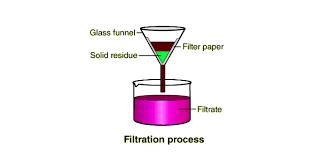
(vii) What are the different properties of air?
Ans: The different properties of air are:
- Air occupies space
- Air exerts pressure
- Air is needed for burning
- Air has weight
Q5: Long Answers Questions.
(i) Write three properties each of solids, liquids, and gases.
Ans: Three properties each of solids, liquids, and gases are:
Solids:
- Solids have a definite
- Solids have a definite volume.
- Solids have a definite mass.
Liquids:
- Liquids do not have a fixed shape.
- Liquids have a definite volume.
- Liquids have a definite mass.
Gases:
- Gases do not have fixed shape and volume.
- A gas does not have a definite mass.
- The molecules in gases are very loosely packed
(ii) Write an activity to identify soluble and insoluble substances in water.
Ans: In order to identify soluble and insoluble substances in water, take a spoonful of sugar and a glass of water. Then, take some sand and another glass of water. Mix the sugar and in their respective glasses. Stir it for a few minutes and observe. after some time we will observe that: i) sugar gets fully dissolved in water i.e. sugar is soluble in water. Sand will not get dissolved in water and gets collected at the bottom of the glass i.e., sand is insoluble in water.
(iii) Explain two methods to separate soluble substances.
Ans: We can separate soluble substances from a liquid(e.g; water) by boiling and distillation.
- Boiling: in this process the soluble substances can be separated by heating the water(liquid). When all the water evaporates we will get the substance. Example: sugar and water solution is heated till the water evaporates leaving behind sugar particles.
- Distillation: It is a method of purifying water generally performed in laboratories. The water collected after this process is called distilled water. It is free of any impurities.
(iv) How is the sea and land breeze formed?
Ans: Sea breeze is formed during day time , when the sun shines, land gets heated fast due to which air above it gets heated and air expands . In that area a vacuum is formed , to cover it cool air above sea blows towards land and this is called sea breeze.
A land breeze is formed during night time. After the sun has set the land cools more quickly than water therefore the air above the land also cools down and the air above sea remains warm. The light warm air rises up. The cooler air above the land moves towards the sea to fill up the space. The cooler wind that blows from the land to the sea is called land breeze.
(v) What are monsoon winds? How are they helpful to us?
Ans: The moisture-laden air that moves from the sea towards the land during summers is called monsoon breeze or monsoon wind.
They are helpful to us because these monsoon winds bring rain. In India, we get rainfall during the rainy season due to the wind.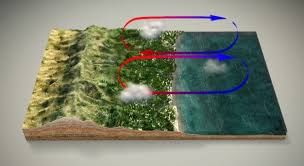
|
42 videos|230 docs|45 tests
|
FAQs on Solids, Liquids and Gases - 2 Class 5 Worksheet Science
| 1. What are the different states of matter? |  |
| 2. How do solids, liquids, and gases differ in terms of their particle arrangement and movement? |  |
| 3. Can matter change from one state to another? |  |
| 4. What causes a substance to change from a solid to a liquid? |  |
| 5. How does the behavior of particles differ in a gas compared to a liquid? |  |
















